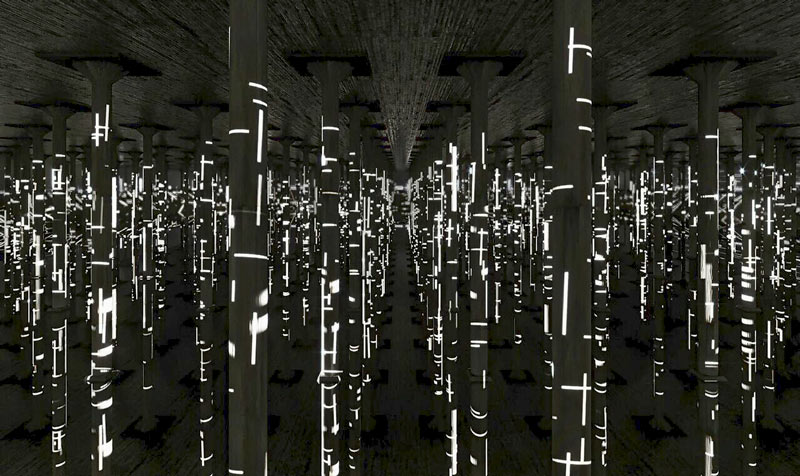
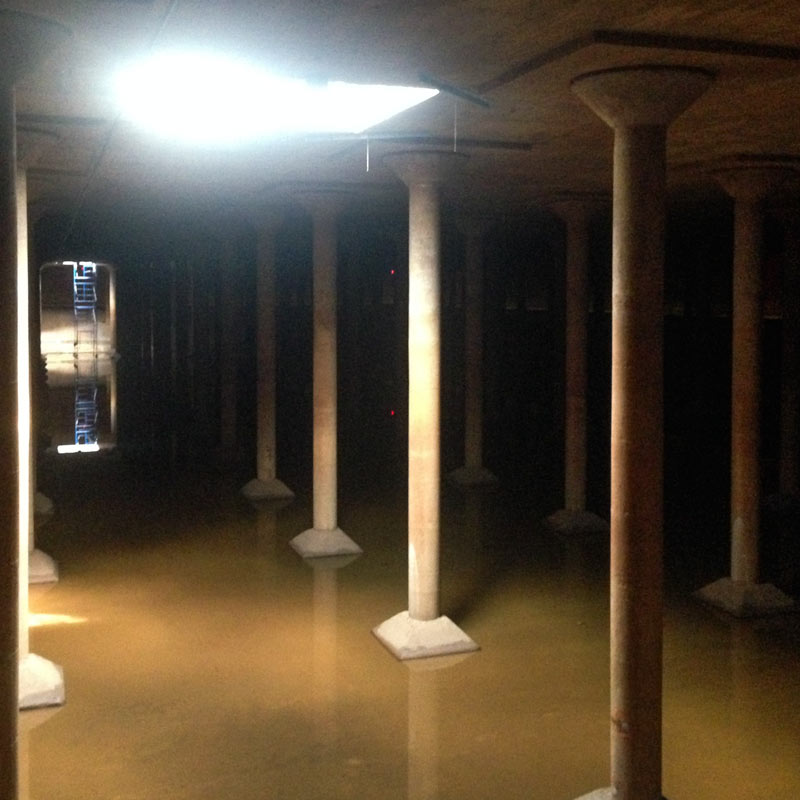 The rendering up top shows the sort of scene that visitors can expect if they wander into the 1920’s leaking-water-reservoir-turned-public-art-space buried alongside Buffalo Bayou after December 10th (and before next June): Venezuelan artist Magdalena Fernández’s 2iPM009 projection, adapted from flat-walled origins to fill the 2-acre space (and going by the name Rain). As for what they’ll hear — that’d be an accompanying soundtrack of snaps, claps, and other meteorologically-inspired noisemaking from Slovenian choir Pertuum Jazzile. The original piece is part of the Museum of Fine Arts’s permanent collection; the adaptation will be the first temporary art installation in the column-studded space, which opened for tours in May.
The rendering up top shows the sort of scene that visitors can expect if they wander into the 1920’s leaking-water-reservoir-turned-public-art-space buried alongside Buffalo Bayou after December 10th (and before next June): Venezuelan artist Magdalena Fernández’s 2iPM009 projection, adapted from flat-walled origins to fill the 2-acre space (and going by the name Rain). As for what they’ll hear — that’d be an accompanying soundtrack of snaps, claps, and other meteorologically-inspired noisemaking from Slovenian choir Pertuum Jazzile. The original piece is part of the Museum of Fine Arts’s permanent collection; the adaptation will be the first temporary art installation in the column-studded space, which opened for tours in May.


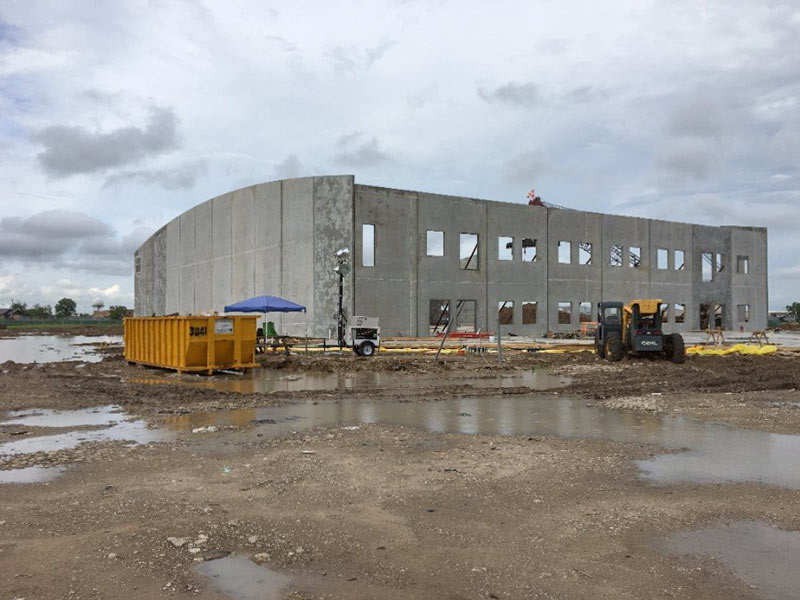
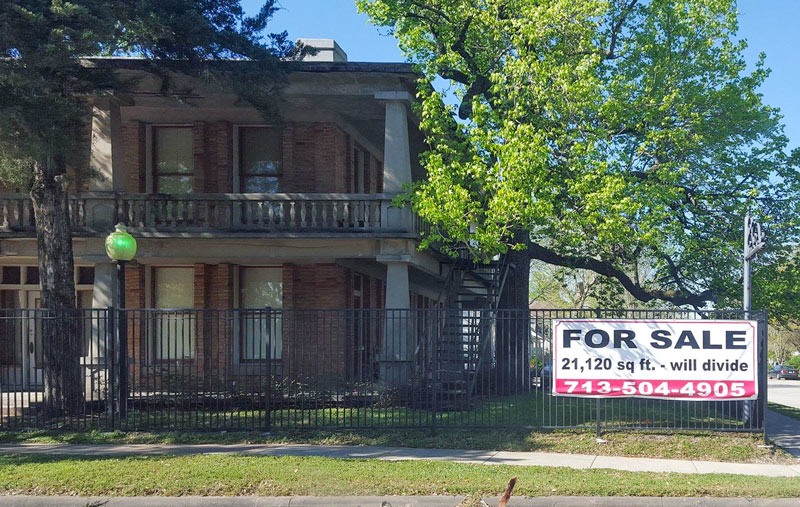

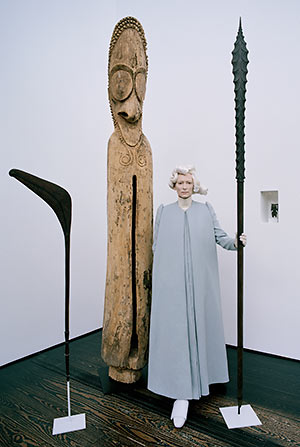 From the looks of this W magazine fashion shoot with photographer Tim Walker,
From the looks of this W magazine fashion shoot with photographer Tim Walker, 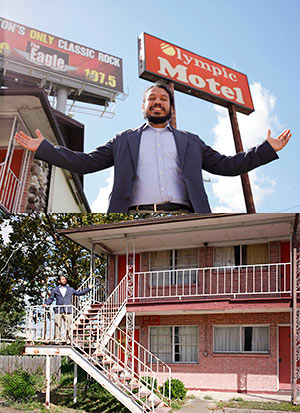 The account may be a tad more florid, but
The account may be a tad more florid, but 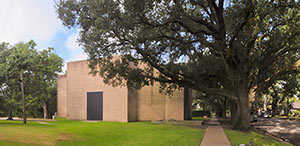 Exploring the Menil’s quiet, deep-purple monument, the Chronicle‘s Leah Binkovitz turns up a couple new lines of investigation: “In a turn Rothko, with his proscriptions for proper viewing, could never have anticipated, the chapel has its own Yelp page. ‘Whatever, some people don’t like to think too much about life and what our place is and if you’re one of those people, this isn’t the place for you,’ writes Eric J. in his recent review, ‘You need to head on down to Moody Gardens for “Pirates” or whatever.’ Inside, there’s a collection of Rothko paintings — dark and turbid — that surround the viewer. When the sun sifting through the clerestory shifts, the purple panels shine like scars. People meditate on cushions on the ground or lean against each other on the benches. The occasional crinkle of a plastic bag breaks the silence.Â
Exploring the Menil’s quiet, deep-purple monument, the Chronicle‘s Leah Binkovitz turns up a couple new lines of investigation: “In a turn Rothko, with his proscriptions for proper viewing, could never have anticipated, the chapel has its own Yelp page. ‘Whatever, some people don’t like to think too much about life and what our place is and if you’re one of those people, this isn’t the place for you,’ writes Eric J. in his recent review, ‘You need to head on down to Moody Gardens for “Pirates” or whatever.’ Inside, there’s a collection of Rothko paintings — dark and turbid — that surround the viewer. When the sun sifting through the clerestory shifts, the purple panels shine like scars. People meditate on cushions on the ground or lean against each other on the benches. The occasional crinkle of a plastic bag breaks the silence. 
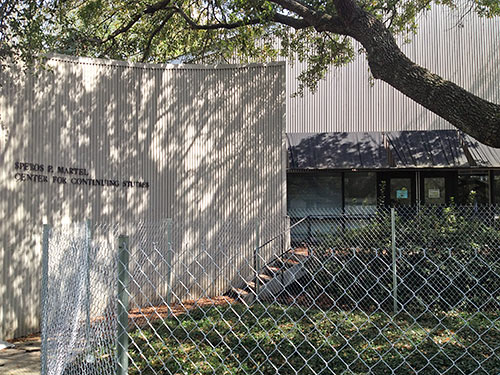
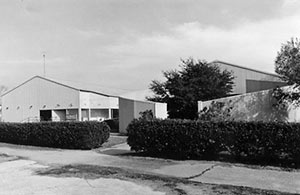
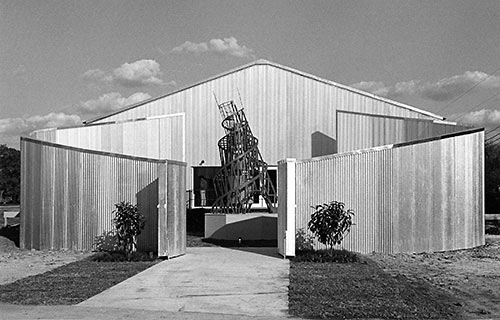
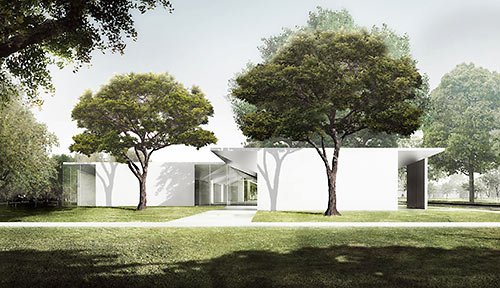
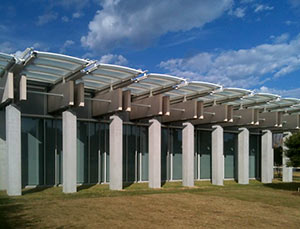 Back in Texas for the grand opening of his new “pavilion” for the Kimbell Museum in Fort Worth — a design the institution liked so much they decided to name the building after its architect — the loquacious Renzo Piano has a few comments for Dallas writer Betsy Lewis about the Houston landscape: “You may be used to the light in Texas, but it’s a special light. It’s brilliant, stronger than usual. I remember actually one of the first things we did when I came in ’80, Dominique de Menil told me, ‘I want to go to Israel because I’ve been told that Israel is the same light as Texas.’ I don’t know why she said that. By the way, it was not true. But it is true that Israel has a strong light. But in Texas it’s also
Back in Texas for the grand opening of his new “pavilion” for the Kimbell Museum in Fort Worth — a design the institution liked so much they decided to name the building after its architect — the loquacious Renzo Piano has a few comments for Dallas writer Betsy Lewis about the Houston landscape: “You may be used to the light in Texas, but it’s a special light. It’s brilliant, stronger than usual. I remember actually one of the first things we did when I came in ’80, Dominique de Menil told me, ‘I want to go to Israel because I’ve been told that Israel is the same light as Texas.’ I don’t know why she said that. By the way, it was not true. But it is true that Israel has a strong light. But in Texas it’s also